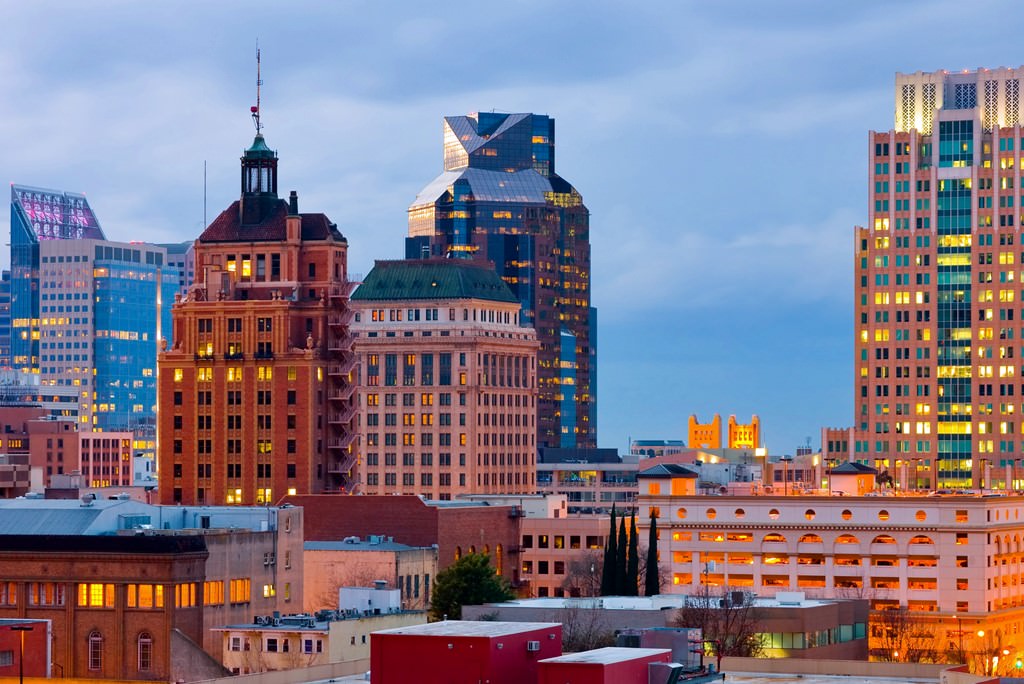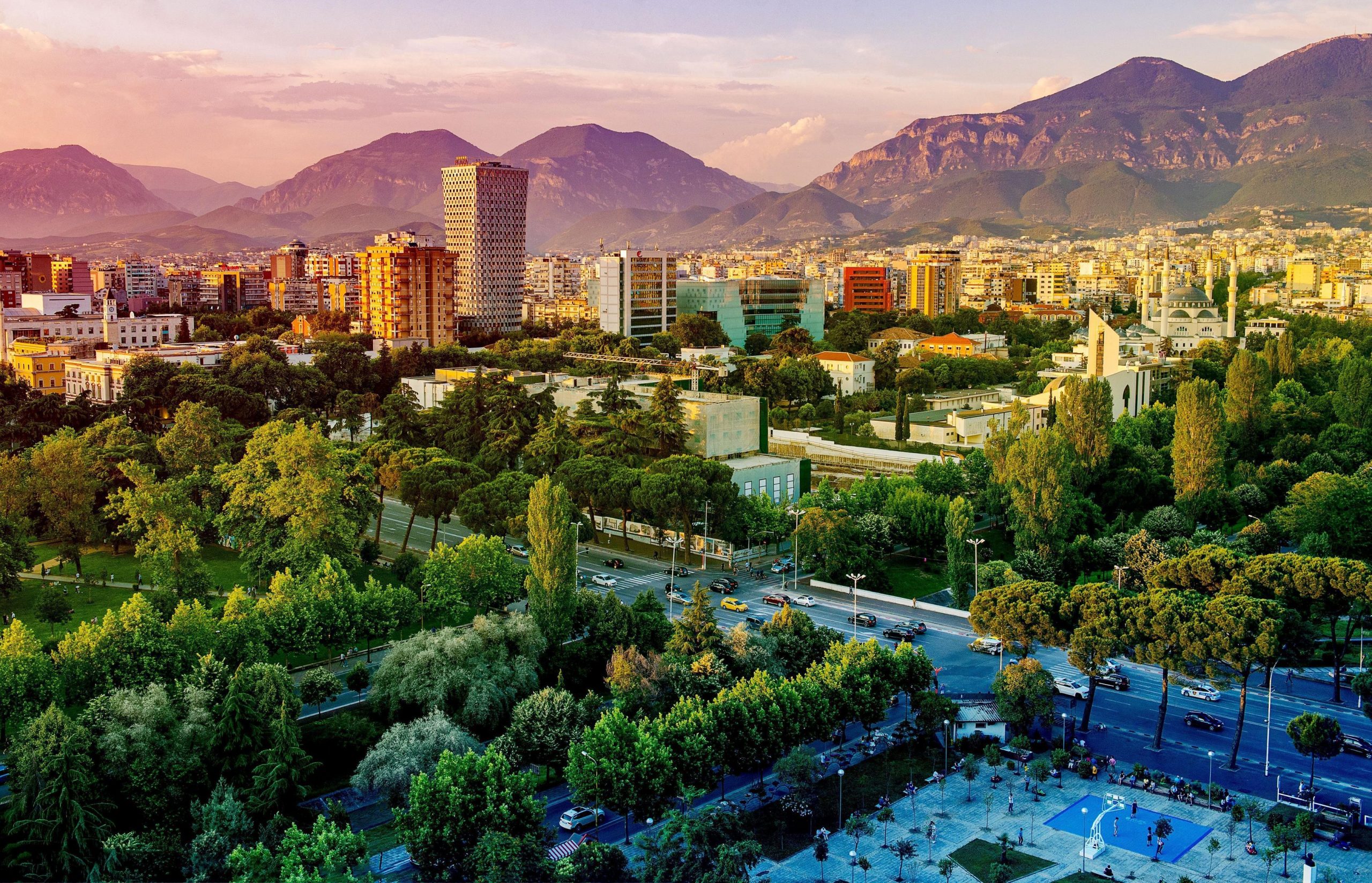Historical information of Sacramento
The city was founded in 1848. At first, it belonged to Mexico. However, a certain distance from the state itself led to the fact that laws did not apply on its territory and management was completely absent. In addition, these lands have long belonged to the Miwoka Indian tribes, whose economy was based on hunting.
However, when the “Gold Rush” swept the west of the United States, it was the capital of California that became the center of prospectors. The founder of the city is considered to be John Sutter, an emigrant from Switzerland, who called it New Switzerland. Later, it was renamed Sacramento, as it was located near the river of the same name. The word means “sacrament” in Spanish. The development of the center was also influenced by its favorable location.

Sacramento is a port city. Through the canal, it has access to San Francisco Bay. It is also the western terminus of the railroad across the States. Since 1879, the city of Sacramento has been officially the capital of California in the USA. The area of the city is 2,593 square meters. km
Geographical position and climate
Sacramento is located at the foot of the Sierra Nevada mountain range, in the northern part of the California Valley. Not far from the city is the confluence of two water streams: Sacramento and American River. The close attachment to river valleys is very often the cause of flooding and inundation in this region. The capital of California is located in the Mediterranean climate zone.
A cool, frost-free, often rainy winter and a dry, hot summer prevail here. Such weather is established throughout the city. An interesting point: daytime temperatures are always high in summer, but nights are often very cool. This is due to the proximity to San Francisco Bay. It is the sea air that makes the temperature in the region much milder.
Snow in the city is a rarity. It falls only a couple of times during the winter, and for a short time, without creating a permanent snow cover. Average temperatures in January are +12°С, in July +24°С. The average annual precipitation is 450-500 mm, most of which falls on the ground in the form of rain and fog in winter.
Population
The capital of California has a population of about 478 thousand people. According to the number of residents, Sacramento ranks 6th among all cities in this state. By race, the population is divided into whites (35%), Hispanics (27%), Asians and African Americans (16% each).
About 1% of Indians remained in the city. One of the oldest Chinese communities lives in the capital, whose ancestors have settled here since the founding of Sacramento. Together with the urban agglomeration, the city becomes the largest cultural and economic center of the western part of the USA.
Development

As for the economy, the capital of California is developing in such areas as health care, education, tourism, construction, information technology and electronics. Also, the state government sector of the state of California is concentrated in the city.
During the 2008 economic crisis, Sacramento suffered more economically than any other US city. In this connection, the level of unemployment increased. The capital is also considered a criminal city. Crimes are committed here twice as much as the average for the state. The government, of course, is trying to take measures, but so far the indicators are disappointing.
Tourism
Sacramento (the capital of California) is a very cozy city. There is no racial discrimination here, people are tolerant and friendly. In terms of tourism, there is also something to see. For example, the world’s largest Railway Museum is located in the city.
It is always open to both local residents and guests of the city. Also, one of the oldest art centers – the Crocker Museum – operates on the territory of the city. In addition, there are many parks, zoos and a large water park in Sacramento, where you can come to relax with the whole family.
About 500 species of different animals live in the largest park, William Park. Also, Sacramento is a developed cultural center. Here you can visit theaters, ballet and listen to a symphony orchestra.
